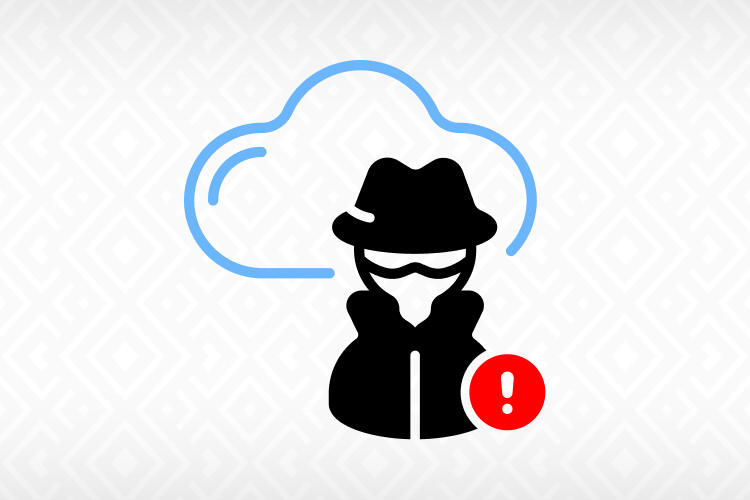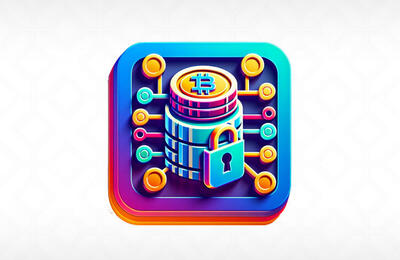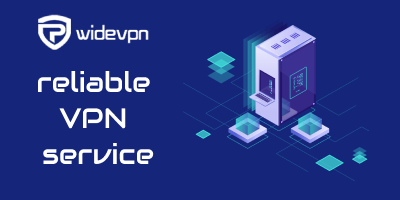
As a site owner, you should never remain complacent when it comes to security and privacy. Nowadays, most businesses have an online presence. As a result, cyber attackers are becoming more crafty and innovative in their hacking and scamming techniques. With users having more than one device, it has become increasingly challenging for brands to shield themselves effectively.
It is therefore vital to recognize that implementing robust security measures does not only protects your website, e-commerce store, or online casino. It also ensures that private data remains secure. Before taking any step, you need to learn about the cyber threats you are likely to encounter.
Next, familiarize yourself with the possible types of cyber security that can be applied to counter these issues. If you are interested in this type of information, keep reading.
Common cyber security threats
There are several types of cyber security threats.
1. Malware
Malware encompasses malicious software such as viruses, ransomware, worms, and spyware. Malware on the computer or network is activated when you click on a malicious attachment or link, resulting in the injection of harmful software. Once activated, malware on your site can:
Install more dangerous malware.
Block access to vital network components.
Disrupt individual computer components, rendering the entire system inoperable.
Unauthorized access to information through transmission of data from your hard drive.
2. SQL injection
An SQL (Structured Query Language) injection is a cyber attack that occurs when malicious code is inserted into a server using SQL. Once infected, this server releases information. Submitting malicious code into a system is pretty simple. All that’s needed is putting it into a compromised website search box.
3. Denial of Service
DoS is short for denial of service, and it is a kind of cyber attack that floods a network or computer to respond to requests. A distributed DoS works like a regular DoS, but the DDoS originates from a specific computer network. Hackers usually disrupt the “handshake” process using a flood attack so that they can carry out a DoS.
They also use other techniques while some take advantage of periods when the network is disabled to launch attacks. A botnet is a type of distributed DoS where the hacker can control and inject malware into millions of systems. They are also known as zombie systems, and they target and override the processing capabilities of the target network or computer.
Unfortunately, they are widespread geographically and are very hard to trace.
4. Phishing
Phishing attacks are cyber threats that use deceitful communication like emails to deceive the receiver into opening it and carrying out provided instructions, for instance, providing your social security number or credit card number. This attack intends to steal confidential information or inject malware into machines.
5. Password attacks
As long as a hacker has the correct password, they can access a wealth of information from unknowing victims. Social engineering is a kind of password attack strategy that cybercriminals use to trick people into breaking the standard security procedures. It is heavily reliant on human interaction.
Other types of password attacks include hacking a password database and guessing.
Common types of cyber security
1. Network Security
This cyber security safeguards data from unauthorized access through computer networks. Network security includes hardware and software technologies. It ensures that your network is secure from different threats. This kind of security is a barrier between the network and malicious activity.
As a business, you should aim to safeguard your network to protect your reputation and meet the needs of your staff and customers efficiently. Different types of network security include email security, firewall, application security, and data loss prevention.
2. Information security
Also known as InfoSec, information security refers to designing and deploying tools that safeguard sensitive business data from disruption, alteration, and destruction. It is a crucial part of cybersecurity, exclusively designed to secure data. The main goals of InfoSec are integrity, availability, and confidentiality of organizational data.
It guarantees that only authorized systems, apps, or users are allowed to gain access to certain information. Types of InfoSec include cloud security, incident response, vulnerability management, and cryptography.
3. End-user behavior
As a network user, you should also play a role in cybersecurity. You are the first line of defense against cyber threats against your computer or network. Users can address and prevent most security issues. Educating yourself on the best security practices will help shield your business against diverse cyber attacks.
It is even more crucial in the current digital world because of the heightened vulnerability to cyber attacks. As an entrepreneur, consider getting professional security awareness training for your staff where you can discuss device security, cyber threats, phishing scams, and password security.
4. Infrastructure security
Infrastructure security is yet another form of cyber security that protects crucial infrastructure such as IT centers, network communications, servers, and data centers. The aim is to minimize the vulnerabilities of these systems from sabotage, terrorism, and corruption.
If your business or organization relies on critical infrastructure, you must pay attention to the liabilities and ensure that you are protected against them.
Conclusion
Depending on your business, you can seamlessly implement different cybersecurity measures to protect sensitive data and company assets. Now that you understand the different types of cyber threats, cyber security solutions are a good investment.















